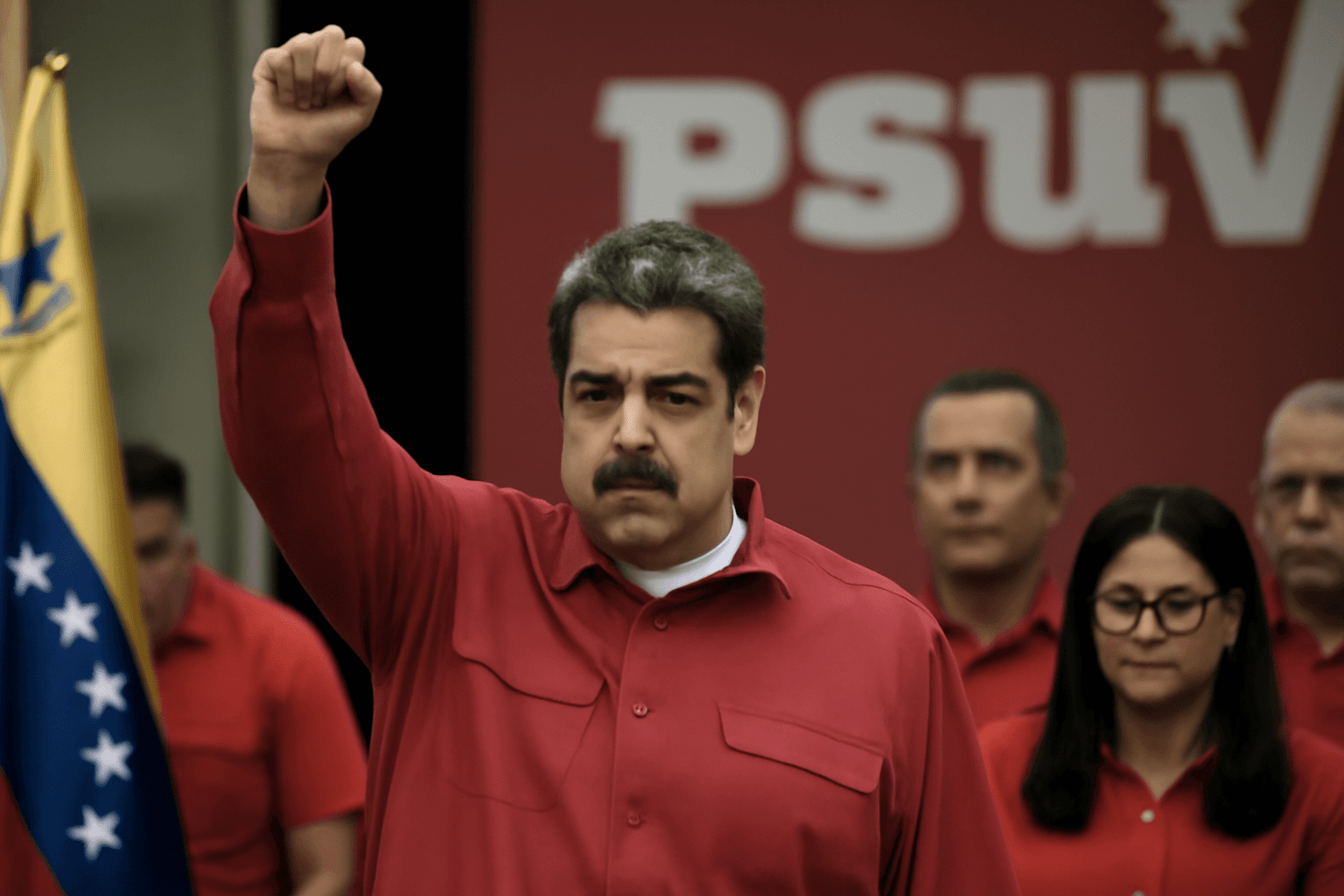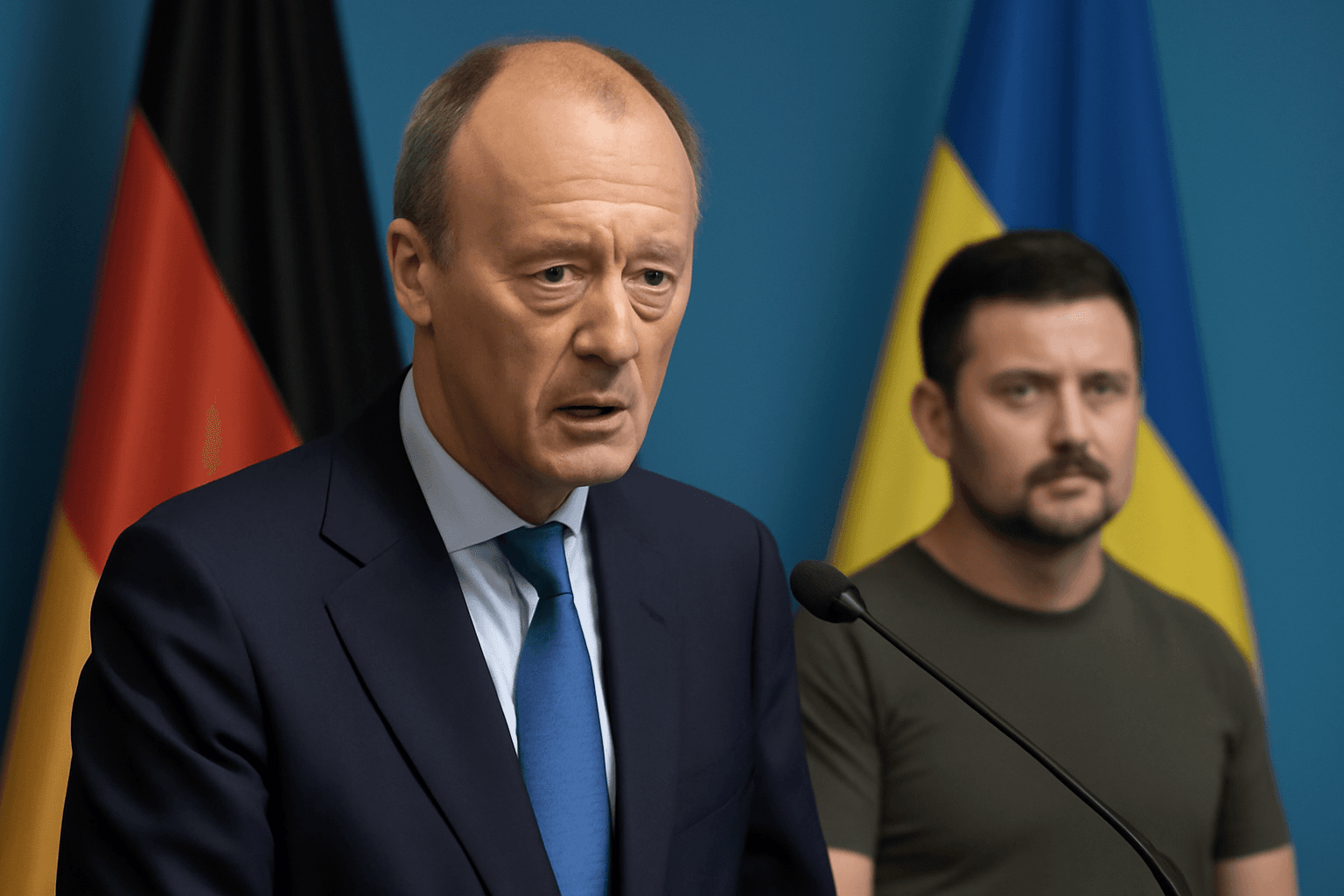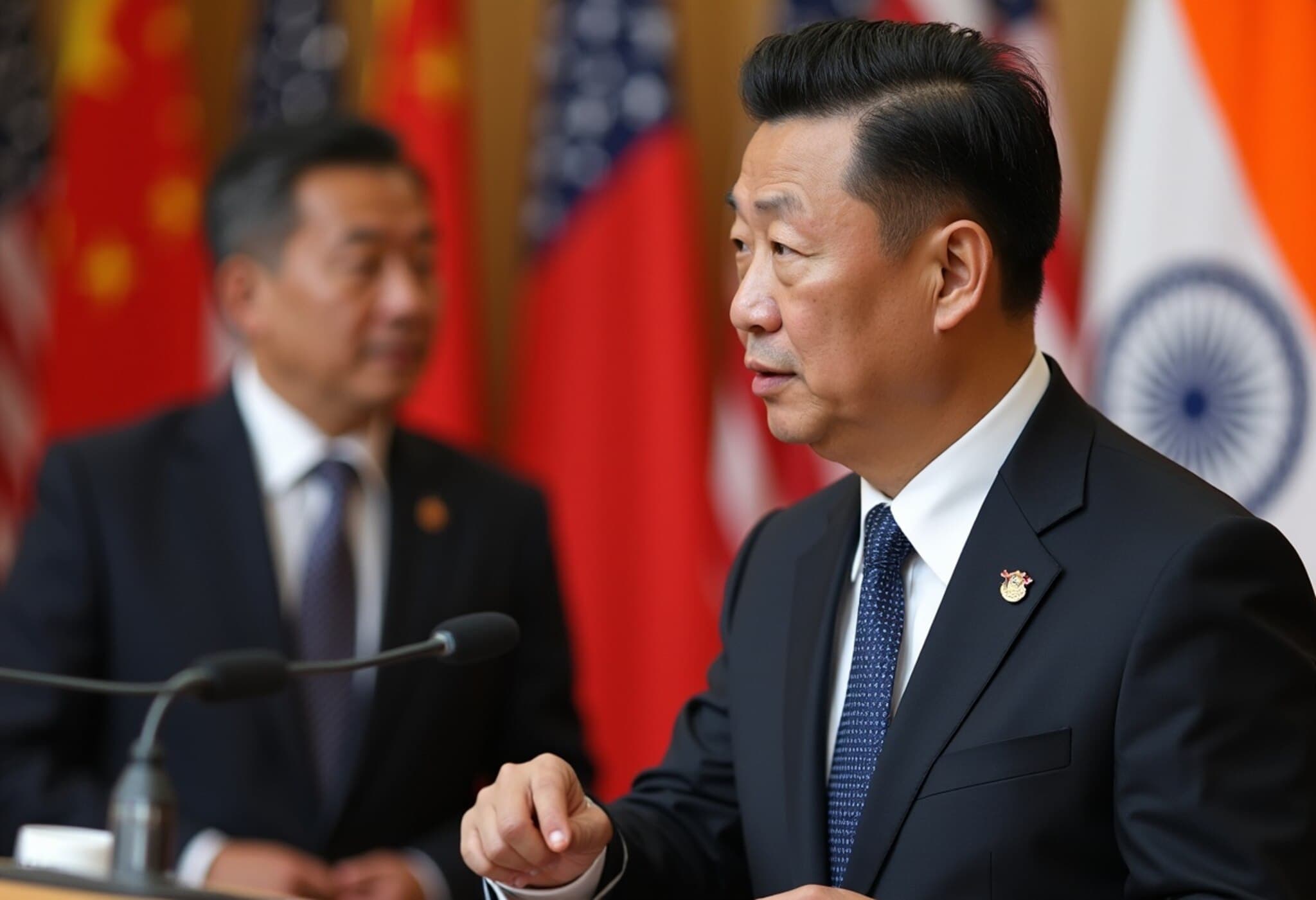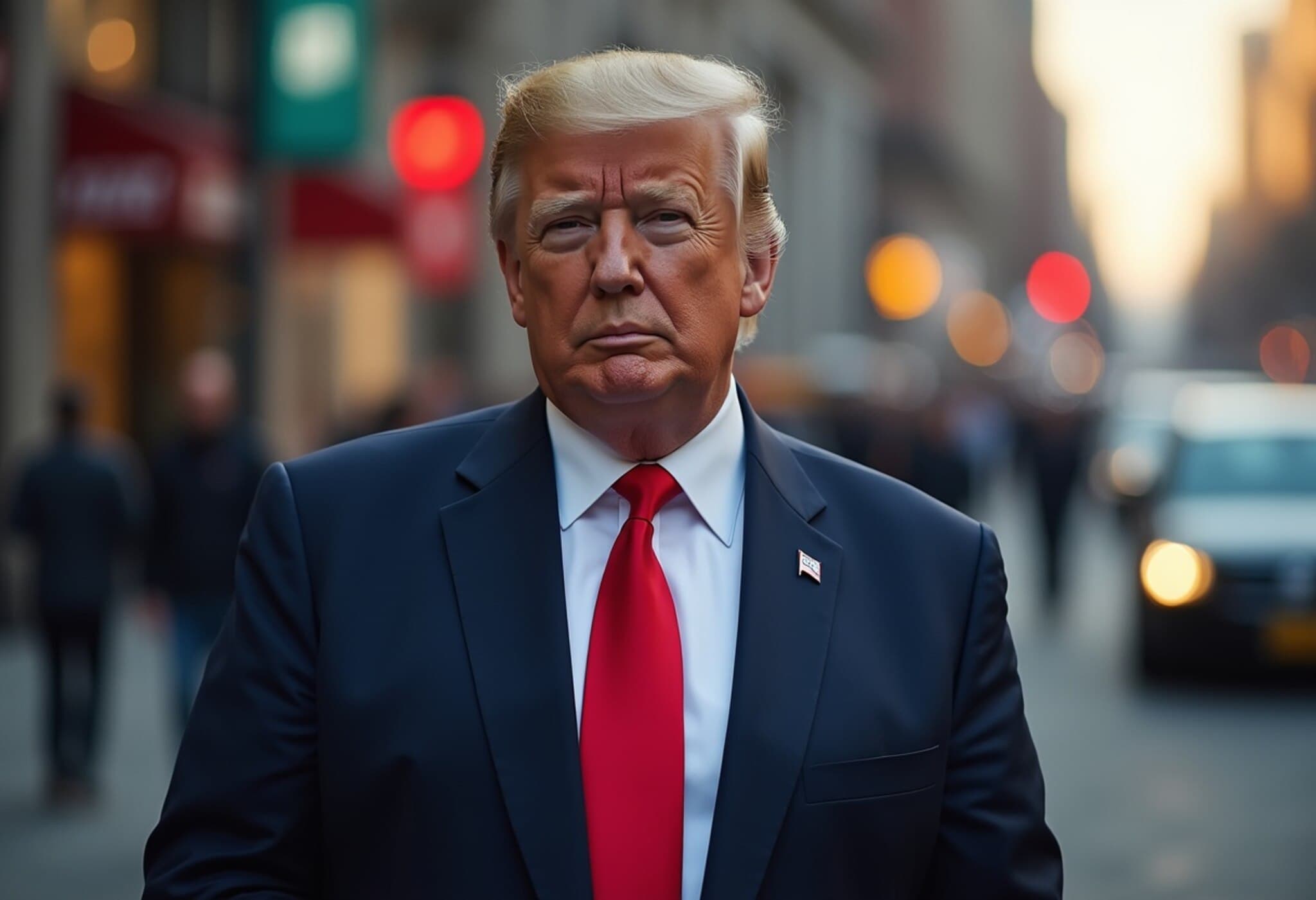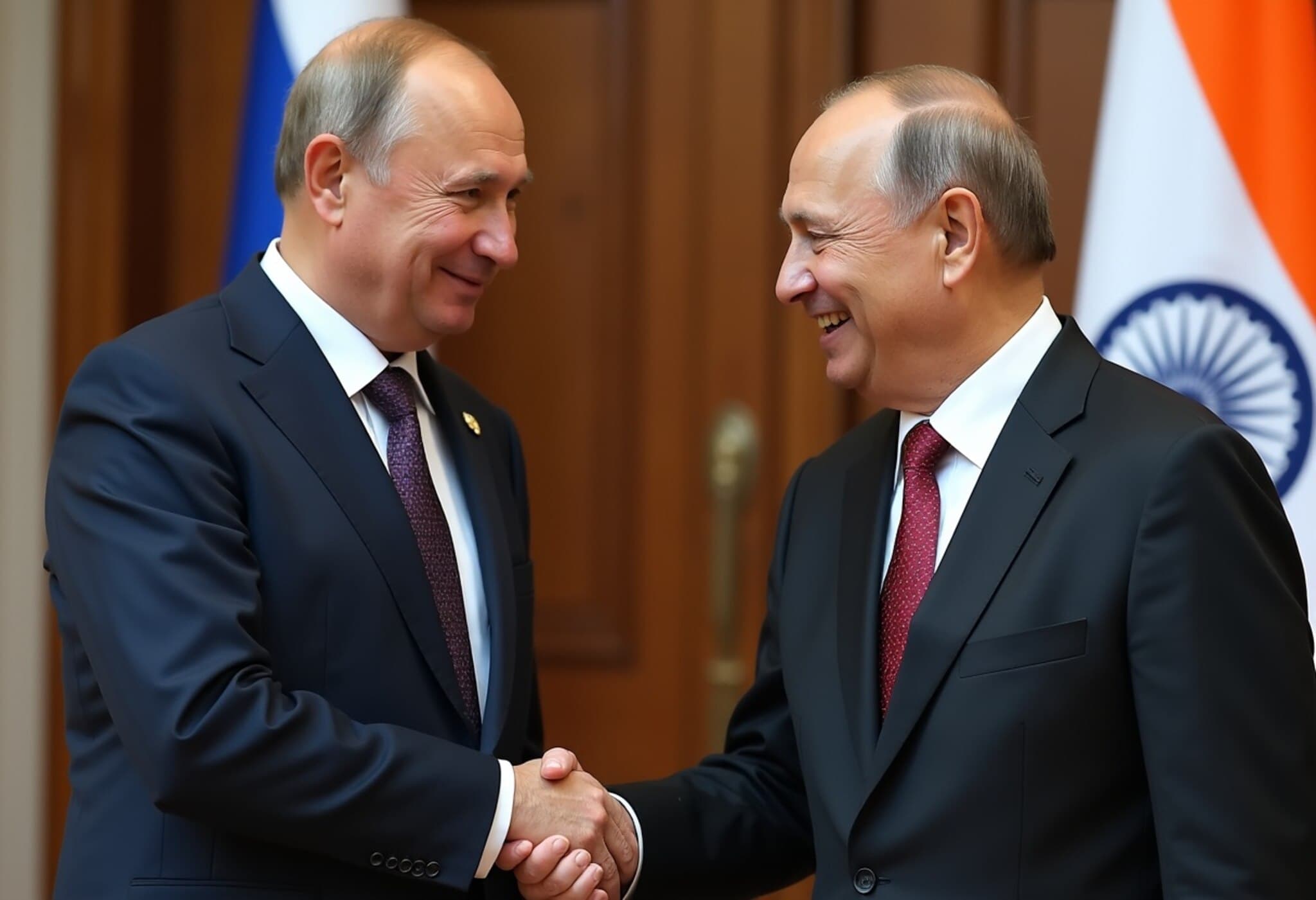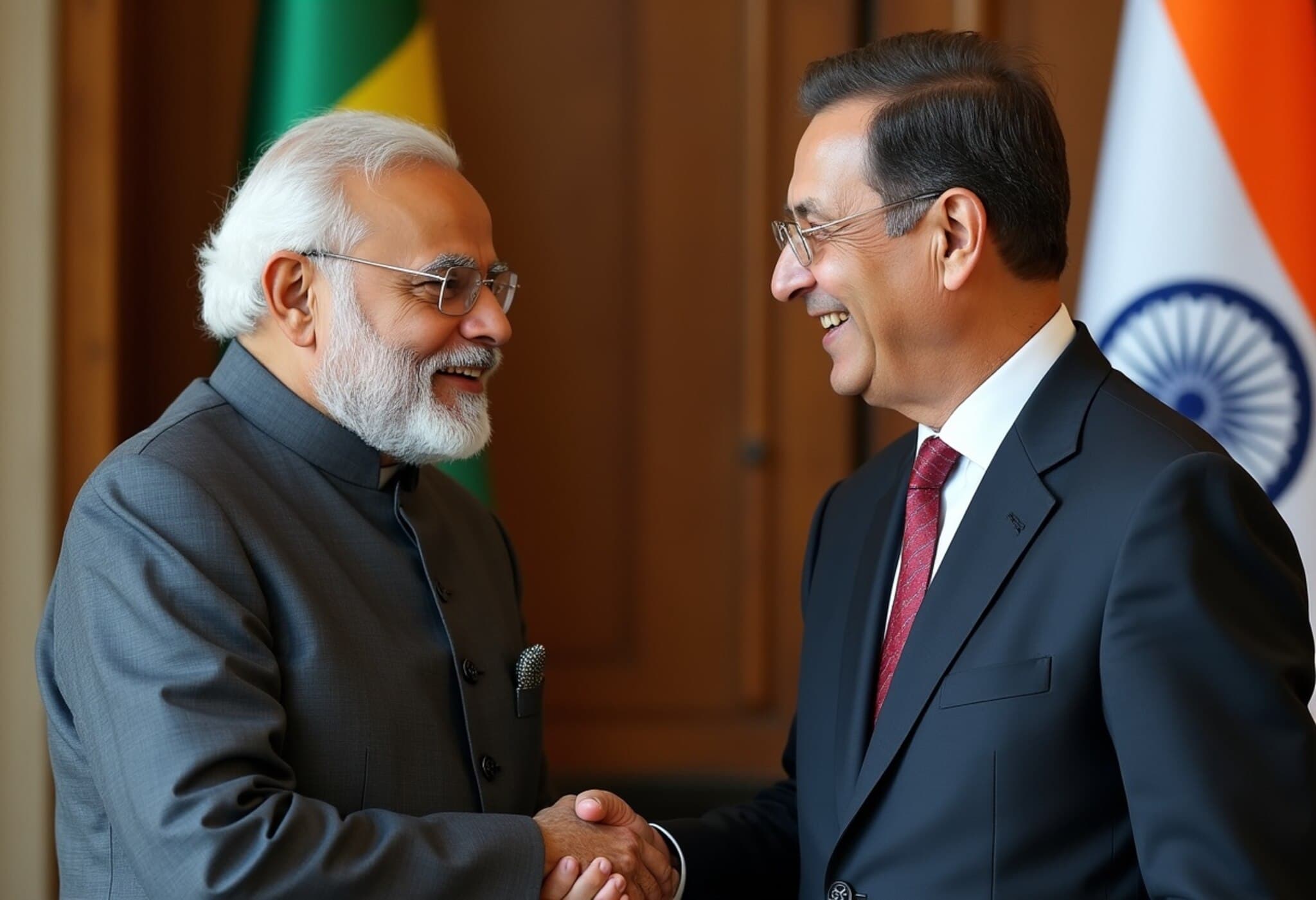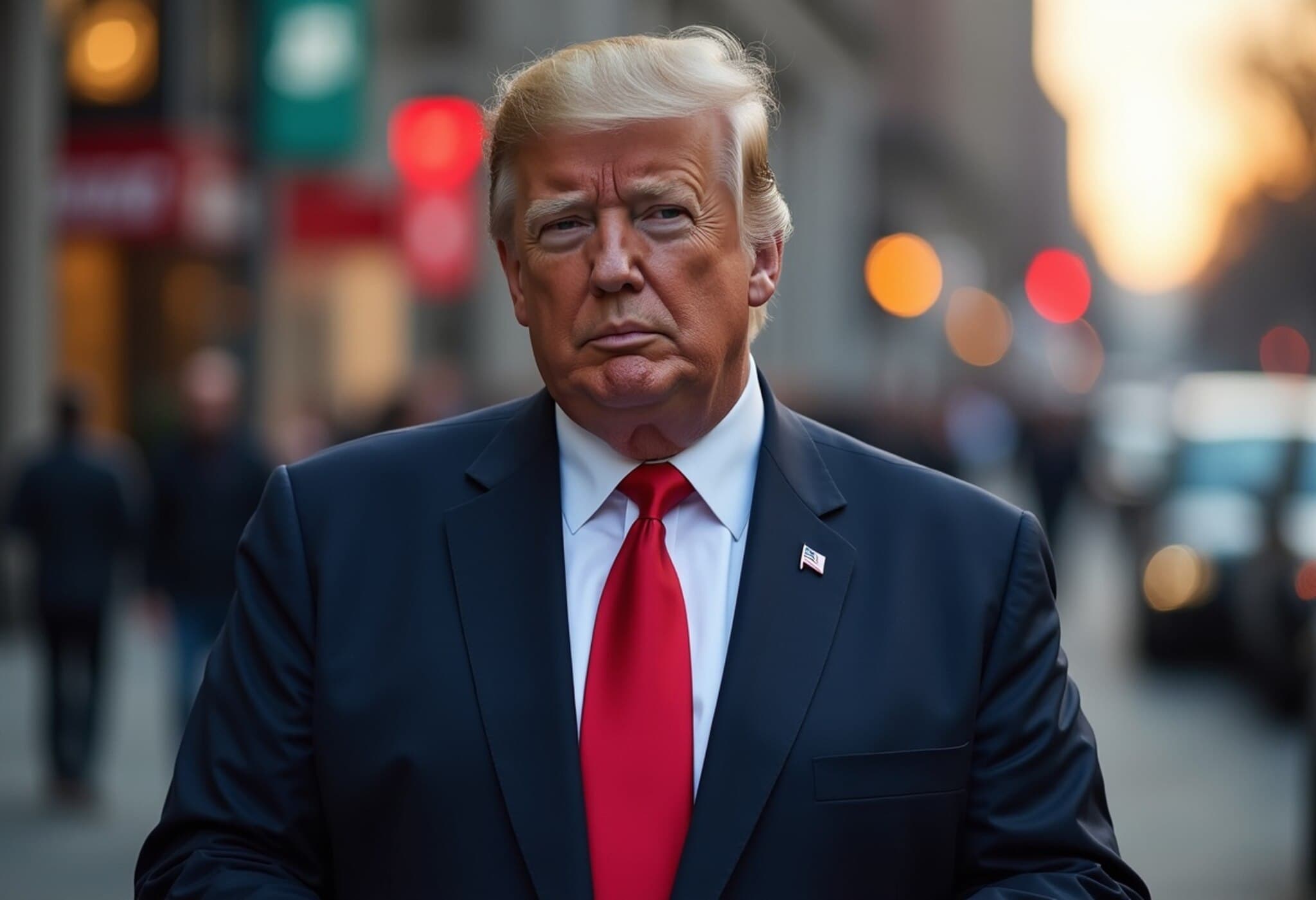US Escalates Tariffs on India to 50% Over Russian Oil Imports
In a significant move marking growing tensions between two major global economies, President Donald Trump announced a steep hike in tariffs against India, doubling previous levies to a striking 50%. This fresh wave of tariffs, unveiled through an executive order on August 6, 2025, targets India’s continuing import of Russian oil, which Trump ties directly to financing Russia's ongoing military operations in Ukraine.
Immediate Increase in Duties Reflects US Stance on Russian Energy Trade
Earlier this week, Trump imposed a 25% tariff on Indian imports citing concerns over India's energy dealings with Russia. Less than 24 hours later, he announced an additional 25% tariff — a move that effectively doubles the financial burden on Indian goods entering the US market. According to the executive order, “I find that the Government of India is currently directly or indirectly importing Russian Federation oil,” which justified the intensified tariffs.
The tariffs are scheduled to take effect in 21 days, intensifying economic pressure on India amidst a complex geopolitical backdrop. Currently, this 50% tariff rate stands as one of the highest applied by the US on any trading partner, signaling the administration’s resolve to deter allies and major economies from engaging in Russian energy trade.
India’s Response: Energy Security vs. International Pressure
India’s government expressed strong disappointment and frustration in response, describing the US decision as “extremely unfortunate” and emphasizing that India's oil imports are driven by market dynamics and the urgent energy needs of its 1.4 billion population. An official spokesperson from India’s Ministry of External Affairs stated, “We reiterate that these actions are unfair, unjustified and unreasonable.”
The Indian government also highlighted a perceived hypocrisy, noting that several countries imposing criticism continue trade relations with Russia. India insists that its procurement of Russian oil is a vital necessity to ensure energy security rather than a political statement.
Broader US Strategy: Monitoring Global Russian Oil Imports
Beyond India, the executive order calls for a comprehensive review by US officials to identify other countries importing Russian oil and determining if similar punitive measures are warranted. This marks an expansion of Washington's economic campaign aimed at isolating Russia in response to its invasion of Ukraine, reflecting the complex interplay between global energy markets, diplomacy, and sanctions enforcement.
Expert Insight: Economic and Policy Implications
Economists warn that these high tariffs could disrupt US-India trade relations, impacting sectors ranging from textiles to technology. From a policy perspective, the US faces the delicate challenge of balancing its strategic alliances and sanction goals without alienating a key partner in the Indo-Pacific region, especially as India maintains a stance of strategic autonomy.
Furthermore, this tariff escalation raises critical questions: How will India diversify its energy sources amid global supply constraints? And can diplomatic dialogue between the US and India ease tensions to prevent collateral damage to bilateral trade?
Looking Ahead
As international scrutiny intensifies around Russian energy commerce, India’s response and future engagement with Washington will be pivotal. With energy security deeply intertwined with geopolitical strategy, the evolving trade landscape underscores the complexities nations face balancing national interests against broader international pressures.
Editor’s Note
This escalating trade conflict reveals more than just tariff statistics; it spotlights the tangled web of global energy politics and the sometimes competing priorities of economic partnership and geopolitical strategy. Readers should watch closely how US-India relations evolve in the coming months and consider the broader implications of energy security policies amid shifting global alliances.





